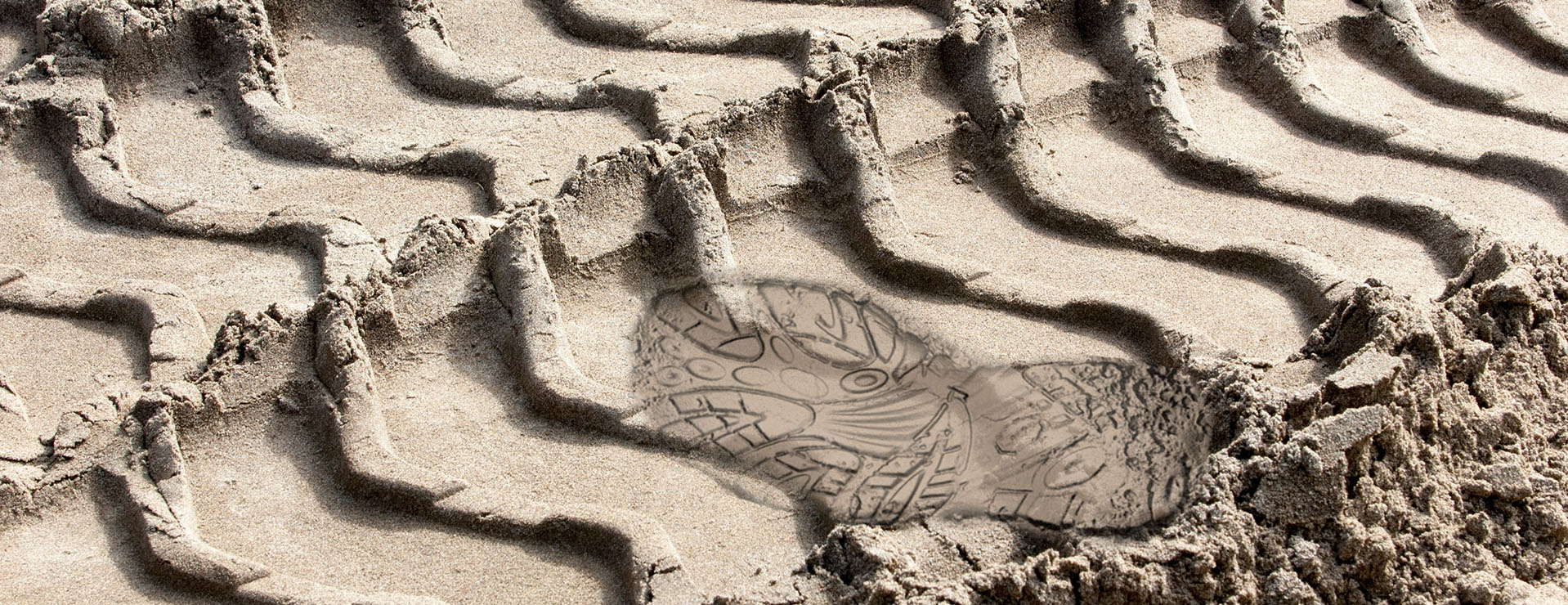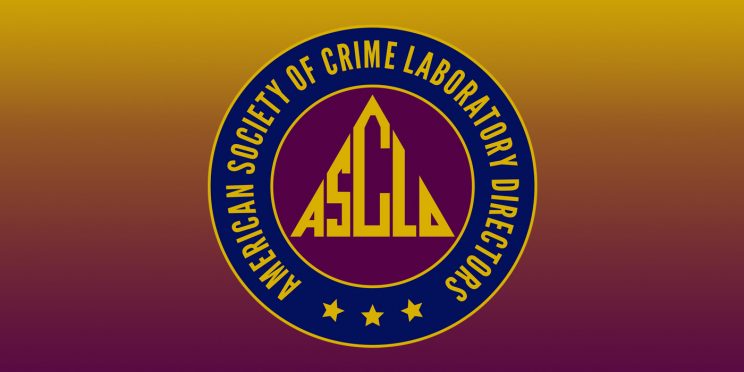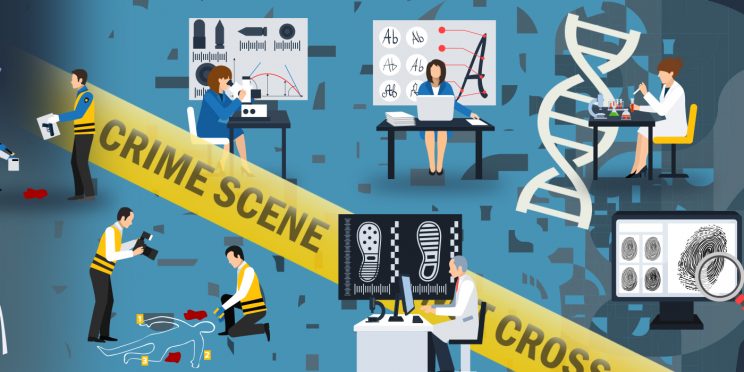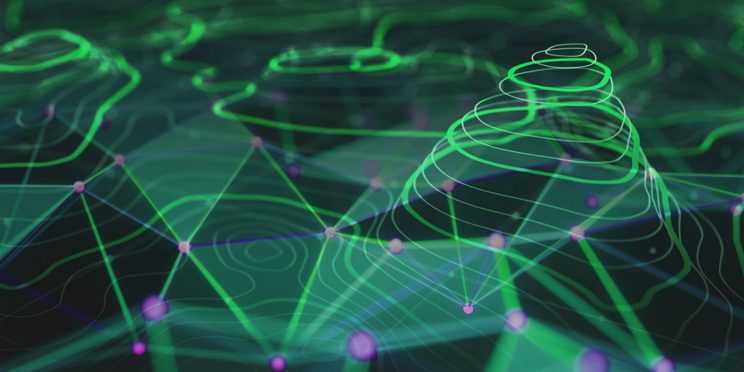National Institute of Justice and Purdue University
Date
May 2020
Overview
Shoeprints and tire tracks are common types of impression evidence found at crime scenes. When a shoe or tire impacts a deformable substrate like soil or snow, it can leave a three-dimensional (3D) reproduction of its tread surfaces that are currently recovered by crime scene investigators (CSIs) using two-dimensional photography and casting techniques. However, the quality of the evidence is often limited by the CSI’s skill level, the quality of their equipment, and their available supplies and time. Dr. Song Zhang at Purdue University is developing a 3D imaging system to overcome these challenges. This system is based on optical 3D scanning technology and uses a binary defocusing technique and an auto-exposure control method to generate a highly detailed 3D model of the impression (a virtual impression). The virtual impression will enable lab analysts to conduct a virtual examination of the impression as if they were studying it in situ.
“Purdue’s 3D scanner promises to be a game changer as it allows the fast collection of the 3D detail of impressions with minimal training.”
- James Wolfe | Retired, Alaska State Crime Laboratory
Resources
- FTCoE Webinar: Portable Advanced 3D Imaging for Footwear and Tire Impression Capture
- Evaluation of Purdue University’s 3D Imaging Prototype for Footwear and Tire Impressions
- Comparative study on 3D optical sensors for short range applications
- Portable high-resolution automated 3D imaging for footwear and tire impression capture
- Development of a Portable 3D Scanning System for Capturing Shoe and Tire Impressions
- Rapid and automatic optimal exposure control for digital fringe projection technique
- Status, challenges, and future perspectives of fringe projection profilometry
- Motion Induced Phase Error Reduction Using a Filbert Transform
- Forensic Science Research and Development Technology Working Group: Operational Requirements
Funding for this Forensic Technology Center of Excellence success story was provided by the National Institute of Justice, Office of Justice Programs, U.S. Department of Justice.
The opinions, findings, and conclusions or recommendations expressed in this success story are those of the author(s) and do not necessarily reflect those of the U.S. Department of Justice.
Contact us at ForensicCOE@rti.org with any questions and subscribe to our newsletter for notifications.




